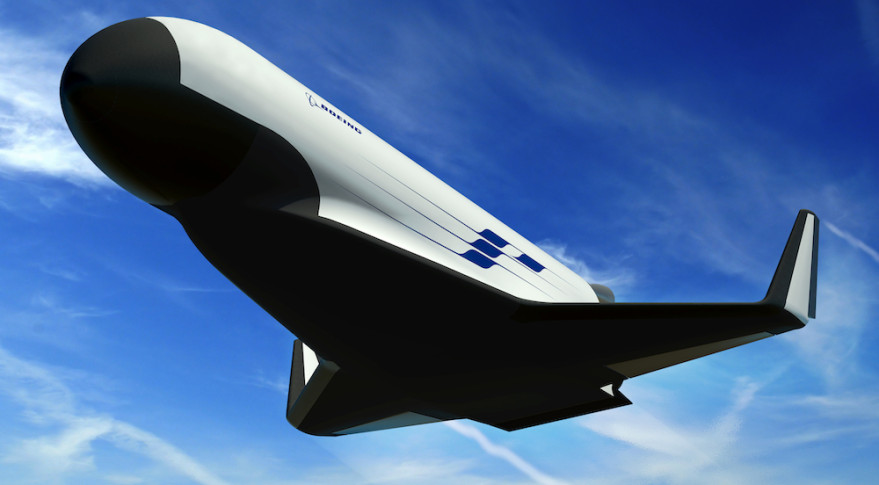Reusable Military Spaceplane Tops DARPA's Budget Request, Again

WASHINGTON — For the second consecutive year, the U.S. Defense Advanced Research Projects Agency's top-funded space program is an experimental spaceplane intended to make frequent trips to orbit.
DARPA asked for $50 million in the Pentagon's 2017 budget request for its Experimental Spaceplane 1, or XS-1 program. That's up from a $30 million the agency asked for during the fiscal year 2016 budget cycle.
XS-1 aims to develop a reusable first stage that could carry an expendable upper stage capable of placing payloads weighing up to 1,800 kilograms into orbit. DARPA said the vehicle could ultimately fly 10 times in 10 days and boost payloads into low Earth orbit for less than $5 million per launch. [DARPA's XS-1 Military Space Plane Concept in Pictures]
Three industry teams are working on the program: Boeing and Blue Origin; Masten Space Systems and XCOR Aerospace; and Northrop Grumman and Virgin Galactic.
In July, all three teams received funding to continue design work and risk reduction activities in preparation for a production contract.
DARPA said in 2014 it intended to pick one team in 2015 to work toward demonstration flight in 2018, but now it is unclear when such a downselect will occur.
DARPA said in budget documents that it plans to complete system and subsystem designs later this year, as well as coordinate with the Federal Aviation Administration for preliminary flight test planning.
Get the Space.com Newsletter
Breaking space news, the latest updates on rocket launches, skywatching events and more!
A critical design review is planned for fiscal year 2017, the documents said.
In October, the Government Accountability Office said none of several Defense Department efforts to field quick-reaction launch vehicles, including XS-1, have advanced past the development stage.
In its 2017 budget request DARPA asked for $175 million for its space programs and technology office, significantly higher than the $127 million budget for 2016.
In addition to $50 million for XS-1, next year's budget would also include:
- $45 million for the RadarNet program. an effort to design a deployable lightweight, low-power and wideband-capable communications antenna for cubesats.
- $33 million for Robotic Servicing of Geostationary Satellites, which would establish a robotics operation in geosynchronous orbit to perform servicing tasks.
This story was provided by SpaceNews, dedicated to covering all aspects of the space industry.
Join our Space Forums to keep talking space on the latest missions, night sky and more! And if you have a news tip, correction or comment, let us know at: community@space.com.
Mike Gruss is a veteran defense reporter and Editor-in-Chief of Sightline Media Group, which includes Army Times, Air Force Times, Dense News, Military Times and Navy Times. From 2013 to 2016, Mike served as a Senior Staff Writer for SpaceNews covering national security space programs and military space policy in the U.S. Congress. Mike earned a bachelor's degree in English and American Studies from Miami University and has previously wrote for the Journal Gazette in Fort Wayne, Indiana and the Virginian-Pilot in Virginia before joining SpaceNews. Prior to joining Sightline in 2017, he was a senior editor of FedTech magazine covering technology in federal government. You can see Mike's latest project on Twitter.













